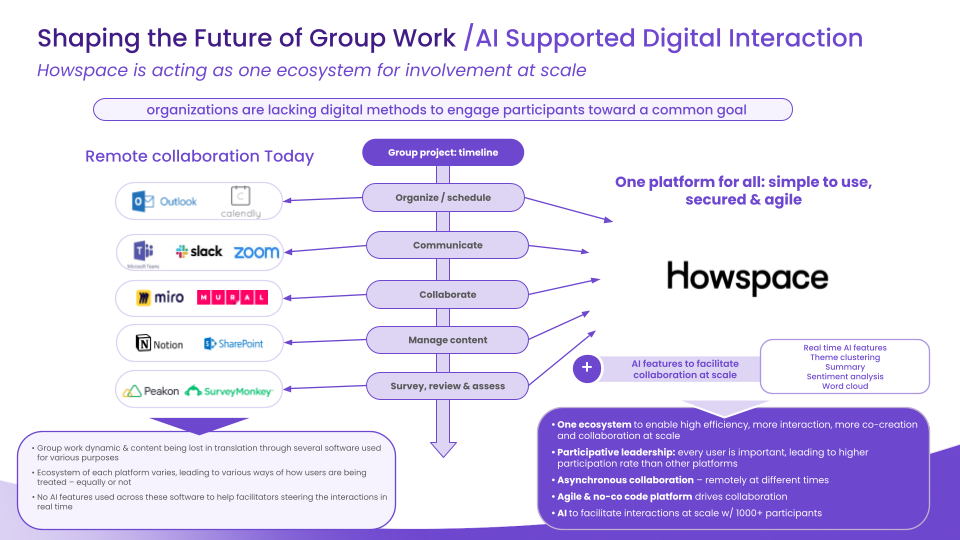
Emotional Leadership in Change and Transformations at Different Organizational Levels
Change skills have become vital survival skills for each organization and individual in the 2020s—not that they weren’t important before. Still, the acceleration we’ve seen in change speed is seriously testing our well-being limits. The good news is that we still have some underestimated and underutilized aces up our sleeves. It’s time to introduce emotional skills and emotional atmosphere (or ‘emotional health’ if you wish) management in change leadership.
Where each person is an individual, and some do not openly show their emotions in behavior or communication; all human beings have emotions. Emotional skills are crucial in well-being, resilience, and change capacity – on both personal and organizational levels. In this blog, I will focus on the organizational angle and take you through the journey of emotional leadership at different levels of an organization. We’ll explore practical tips for leaders and the Howspace platform, a great example of a modern multi-purpose helpful tool (among many other things) in Change Leadership.
Emotional Leadership in Executive Roles Executives usually underestimate the impact of their communication, especially tone of voice, choice of words, and body language, on their people. A 10-minute prep talk in online personnel info on a rainy Monday morning is the smallest task for a busy executive, for an employer that triggers the biggest positive or negative emotional reaction for that month. While constantly being under a magnifying glass might create pressure for most, it’s also an opportunity to excel as the owner of the change journey.
Tip for executives: Be aware of the company’s emotional atmosphere and consider it in decisions. For a few reasons, the emotional atmosphere will impact how your words are interpreted and understood and people’s actions. Reasoning your decisions with numbers and emotions will help you remain “human” in people’s eyes, avoiding the shift to a non-human decision machine. Use the Howspace platform to quickly follow up on the general emotional atmosphere with open dialogue and anonymous surveys to let employees share their feelings openly.
Middle Management and Emotional Influence Middle managers are the bridge between the top executives and the team managers. They often deal with a great number of conflicting interests, complaints, and demands, operating in the culmination of information flow. Emotional awareness is of high value here because a person’s emotional state affects our decision-making and how we interpret information. Middle management is responsible for bringing clarity and acting as an advisor both downwards and upwards. During organizational changes, their emotional steadiness can help stabilize the waters.
Tip for middle Management: Ensure the information you handle is of good quality, diverse, and free of biases. This means you should collect both hard (like numbers & things) and soft (like mood, motivation, and well-being) information on a regular basis and build a complete picture of the situation. To stay objective, utilize Howspace, which will make the information-gathering process efficient and help you analyze the mood of any conversation, even with hundreds of people, objectively and in seconds, with the help of AI.
Emotional Leadership on Team Level The relationships between team members and the team leader can grow close and strong when the culture and individuals support this. When change occurs, their close connections and psychological safety within the team allow them to address concerns emotionally. This ability to address the emotions woken by change defines the speed at which the team is (or isn’t) able to adapt to the change. All change happens one individual at a time, and the team can take steps forward only when a critical part of the team is ready to try something new.
Tip for Team Leaders: Maintain awareness of these two levels in your team during the time of change: How are my people doing emotionally as individuals? How is my team doing on an emotional level as a whole? Individuals will be in different emotional states of change, and your job as the leader is to make sure you adjust the speed of change to your team’s phase. Utilize Howspace to stay on the pulse of the daily mood of your team and use 1-on-1 discussions to help individuals remain emotionally connected with their team. Maintaining the connection and feeling of belonging on the team level can be a game changer in the well-being and productivity of a team in the middle of changes.
Self-leadership in change Let’s say you work in an environment where there’s some change going on. All change is positive, evokes emotions, and requires energy. Even if the change in an organization doesn’t directly concern you, human beings are prone to transferring emotions, so other people’s feelings can transfer to you. You might have noticed, for example, how excitement in a group can be contagious. Emotional awareness of you, especially the team you’re working closely with, can help you take care of your energy levels and well-being.
Tip for self-leadership: Start or keep building up your emotional awareness and skills. Whenever there is an employee survey about well-being or your team leader or colleague asks, “How do you feel?” Use this as a chance to really stop and reflect and give a real answer to that question. You might be surprised how much you can learn while also contributing to building a more open and sustainable work culture. You might even go wild and start asking others about their feelings.
Stakeholders Have Emotions, Too “Clients” and “partners” are human, too, and have emotions as well. This might sound self-evident, but how often do you connect with them on an emotional level? Especially when something changes inside your organization, it might feel like this has nothing to do with our customers’ or partners’ emotions. However, It is likely that when the news finally goes out, there will be emotions that might have long-term effects on the background if not addressed. Communicating the situation will also help your customers and partners to relate humanely to their observations or even show some support since organizational changes tend to show outward in one way or another.
Tip for stakeholder management: Especially with important customers and partners, develop the habit of measuring mood on a regular basis. Utilize Howspace to bring all communication into one place, effortlessly following up on how the relationship is evolving and making visible how far you’ve come together.

Extra tip: Consciously bringing emotions to the workplace now, and not later, is also a strategic choice and step towards a future-proof organization. Talents on the job market might soon dodge job offerings from organisations where the work community lacks emotional competence. This is part of the shift towards a more sustainable work culture, where well-being at work is a basic requirement.
I’ve been in multiple-level roles myself and then walked alongside professionals from more than 20 different fields, witnessing the very humane reactions to change. Now, as an entrepreneur, my mission is to transform (work)life into something more sustainable for people through development and leadership.
For more tips and sparring for any role or level of emotional leadership, let’s connect and talk more!
Milla Ranta,
Founder & CEO
Millainen Consulting Oy
milla@millainen.fi +358400802727
LinkedIn | Instagram | Millainen.fi | Events & Content | Book a meeting
Make sure to check out Milla’s Howspace template “AI Transformation Workshop” here.